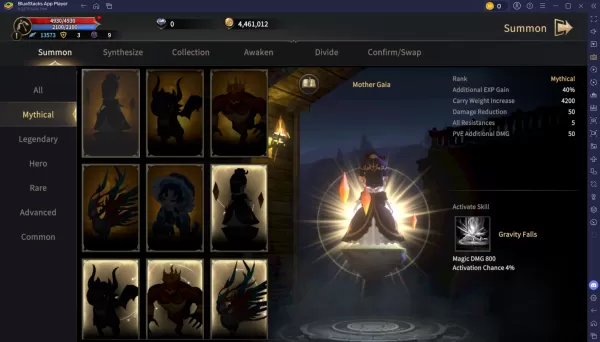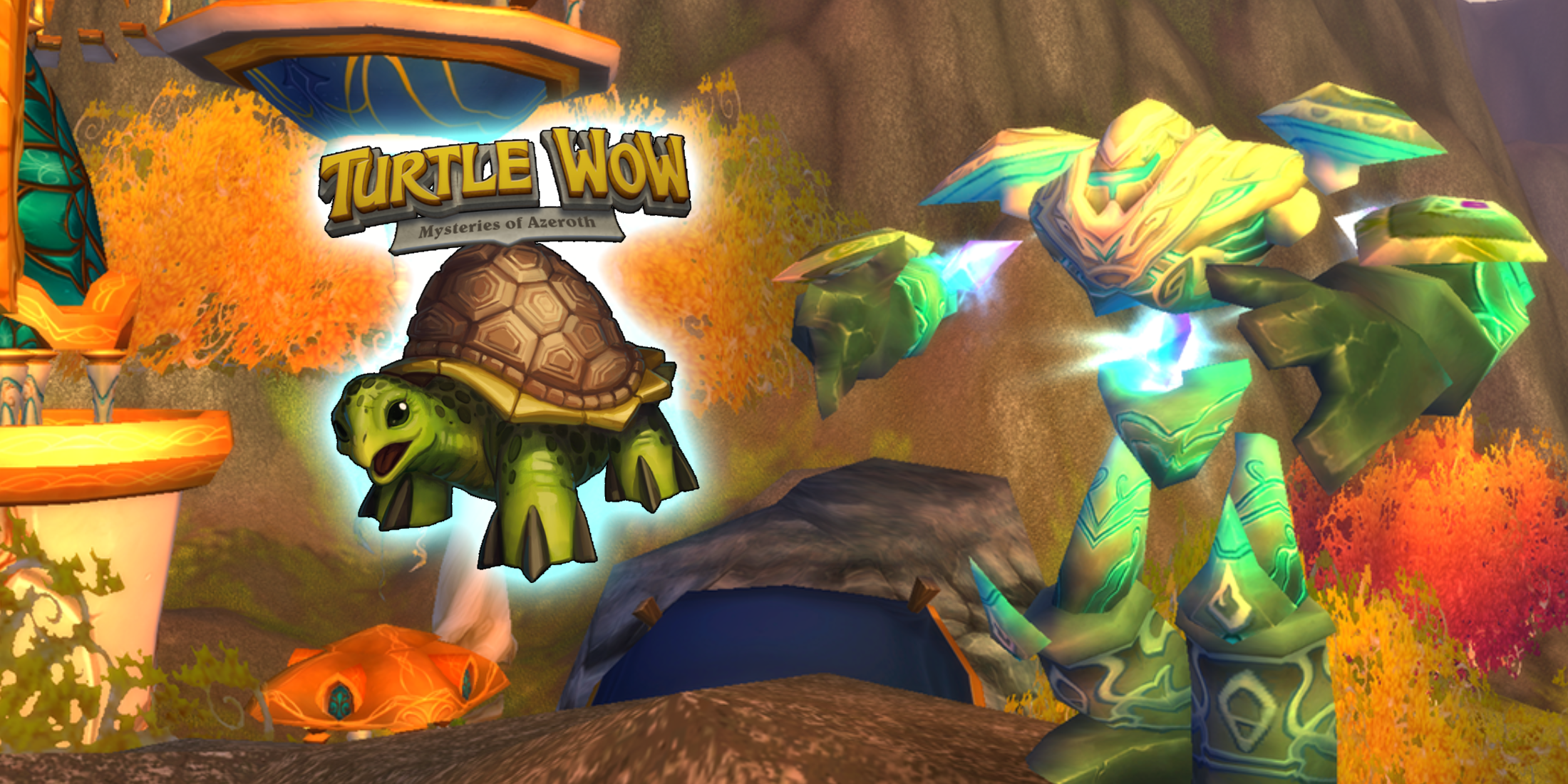Delta Force Operations Mode Guide: How It Works and How To Win
Operations mode in Delta Force, also known as Hazard Operations or Extraction mode, is the thrilling core of the game's high-stakes action. Whether you call it Operations or "raiding," the objective remains consistent—drop in, collect valuable gear, and extract safely before being eliminated by other players or AI enemies. The critical twist is that, as in other extraction shooters, everything you bring into the match is at risk; if you die, you lose it all.
This guide delves deeper than mere survival tactics. Here, you'll discover the full mechanics of Operations mode, from start to finish, including how to pace your run, manage your gear, and make strategic decisions that enhance your long-term success. If you're seeking survival tips specifically for Operations mode, our blog features a dedicated guide on the topic.
Whether you're playing solo or with a squad, understanding the system is crucial for playing smarter, not harder.
What Operations Mode Actually Is
Delta Force's Operations mode is a dynamic PvPvE sandbox where every match offers a unique experience. You and up to two other players enter a live map populated with AI soldiers, loot spawns, and rival teams. Your mission is to gather as much loot as possible and extract safely before being taken out.
Unlike traditional shooter modes, there's no score to pursue. What you manage to extract becomes part of your inventory outside the raid. Conversely, if you die, you lose everything except for the items secured in your Safe Box. This risk-and-reward dynamic is what intensifies the experience of Operations mode, even when you're just collecting essentials like medical supplies and stealthily making your escape.
Loadout Planning and Inventory Control
Your success begins before you even enter the map—it starts with selecting the optimal loadout for the situation. Every match incurs an entry cost, so your loadout choices are pivotal. The essentials—helmet, armor, chest rig, and backpack—are mandatory. You can't deploy without them. However, what you decide to bring beyond these basics will shape your gameplay strategy.

Extraction zones are typically fixed, but some maps feature dynamic elements like elevators or enemy-controlled checkpoints. Plan your exit strategy before committing to deep looting.
Loot Smarter, Not Harder
Every item in Operations mode has a sell value, but not all are worth the risk. Initially, prioritize healing items, attachments, and rare electronics—they're compact, valuable, and can be safely stored in your Safe Box if necessary.
Heavy weapons or armor might be tempting, but they can slow you down and occupy valuable space. Only carry them if you're confident in your extraction or if you're close to your exit with nothing to lose.
A useful tip for beginners is to steer clear of major loot spots during the first few minutes. Allow other teams to engage in combat, then scavenge the leftovers. If you're playing solo, loot the outskirts of the map and return later. You'll be amazed at the quality of items left behind after a chaotic team battle.
Picking the Right Operative
Your choice of Operative defines your playstyle in Operations mode. Not all Operators are suited for stealth or loot-focused gameplay, so select one that aligns with your objectives.
Luna and Hackclaw excel in intel and mobility. Luna can tag enemies and disrupt advances with her shock arrows, while Hackclaw moves silently and can execute silent takedowns with her knife. Stinger's healing kit makes him ideal for team runs, particularly when supporting more aggressive players.
Avoid Operatives with loud or flashy abilities unless your strategy involves direct confrontation. Characters like D-Wolf are entertaining, but they draw too much attention in a mode where staying hidden often yields better outcomes.
Fight When It Matters
In Operations mode, choosing your battles wisely is more crucial than winning them. PvP kills can yield gear and XP, but they also slow you down and attract attention. Engage only when necessary or when it's your best option.
If you find yourself in a firefight, keep moving and aim to end it quickly. Use your abilities strategically—Luna's detection arrow can reveal players behind cover, and Stinger's smokes can provide cover to heal or escape.
Remember, you can loot the dead later. If two teams are fighting, hang back and let them weaken each other. Third-partying is risky, but it's one of the most effective ways to acquire gear without having to outgun everyone yourself.
Making the Most of Each Match
Every raid is an opportunity to accumulate value, hone your skills, or gain new insights. Don't dwell on a bad run—use it to refine your strategy for the next one.
Conserve your credits during losing streaks and play more strategically when you're on a winning streak. Upgrade your Safe Box as soon as possible, experiment with different Operator setups, and explore the maps to identify the best loot routes.
Over time, you'll shift your focus from mere survival to optimization. That's when Operations mode becomes truly engaging.
Delta Force's Operations mode is more than just a loot-and-run scenario. It's a game of risk, planning, and smart decision-making. Craft your loadout with purpose, loot judiciously, and know when to engage or retreat. And remember, every loss is merely part of the journey that makes your first significant victory even sweeter.
For the smoothest experience, play Delta Force on PC with BlueStacks. You'll benefit from faster load times, precise controls, and easier gear management. It's the best way to stay competitive while mastering the game.
-
Embark on an epic journey in Karnark, an immersive MMORPG from Mobirix set within the vast world of Istrad. The game masterfully combines deep character development with competitive action. Test your skills in customized Time Dungeons with significanAuthor : Natalie Dec 14,2025
-
Summer brings endless sales opportunities, especially with events like Amazon Prime Day around the corner—making it the perfect season to grab discounted games. PC gamers should check out Humble's Capcom Publisher Sale, featuring unbeatable deals onAuthor : Samuel Dec 13,2025
- Mastering Two-Handed Weapons in Elden Ring: A Guide
- Roblox Simulator Codes: Unlock Exclusive Rewards!
- Wuthering Waves: Uncover the Secrets of Whisperwind Haven's Palette
- Top 25 Palworld Mods to Enhance Your Game
- Karl Urban Debuts as Johnny Cage in Mortal Kombat 2
- Ultimate Guide to Shinigami Progression in Hollow Era




















![Back to the Roots [0.8-public]](https://images.ydxad.com/uploads/44/1719584089667ec55970d05.png)


